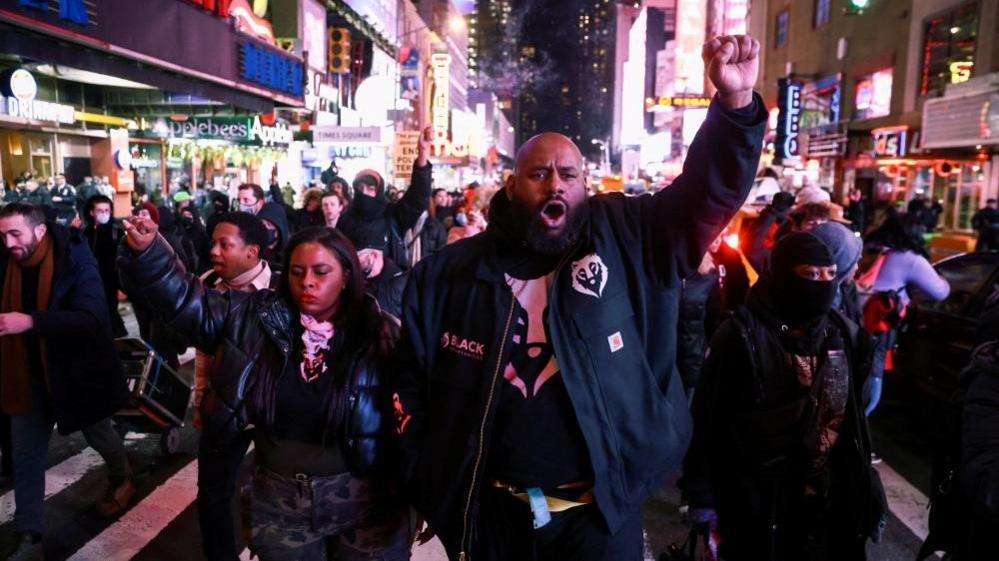Black Americans struggle with 'triggering' Tyre Nichols video
- Published
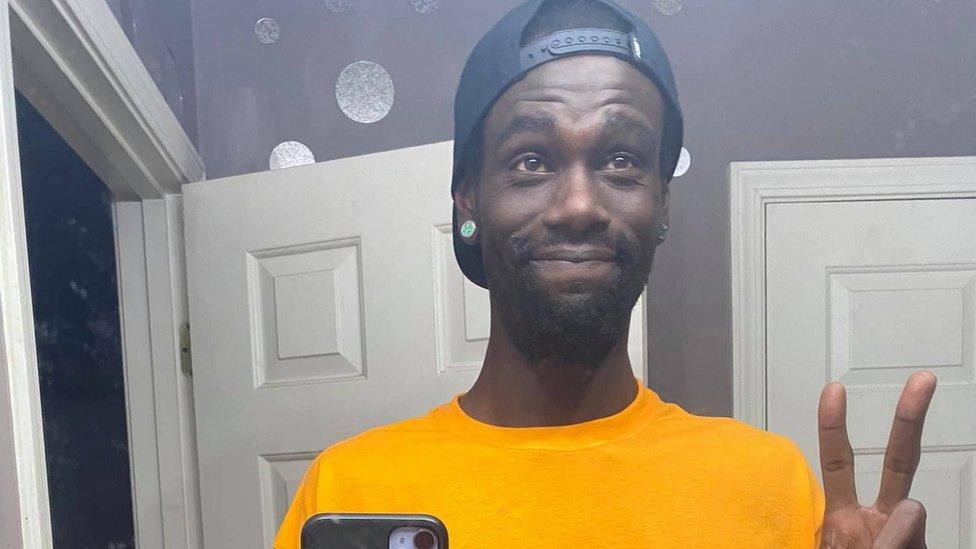
Tyre Nichols loved to photograph sunsets, and was father to a four-year-old son
Angelina Paxton had been friends with Tyre Nichols for more than half her life.
As teens, she said, they spent their days at the skate park, and their afternoons watching the California sunset while talking on the hood of a car.
And that's exactly how they spent a final afternoon together, in 2020, when Ms Paxton visited Mr Nichols in Memphis.
Three years later, after footage of officers brutally beating Tyre Nichols was made public, Ms Paxton said she refuses to replace those happy memories with images of the attack that allegedly led to his death.
"I have done everything I can to avoid any exposure (to the video)," she said. "The last images in my head are not going to be that."
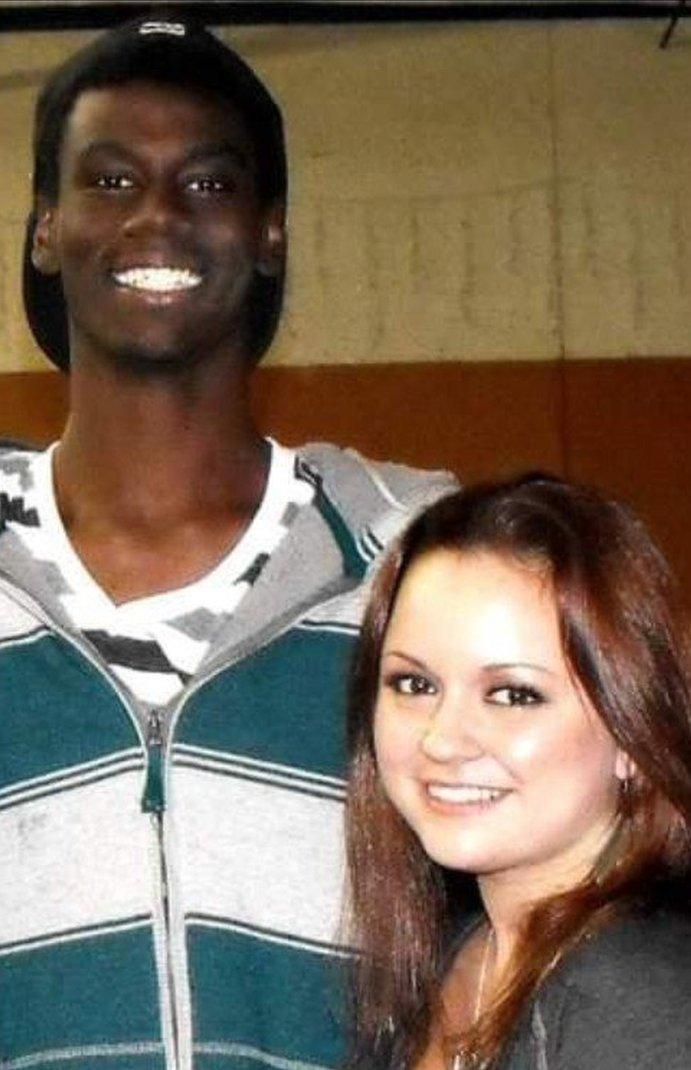
A teeanaged Tyre Nichols hugs his friend, Angelina Paxton
Police and state officials have said that they chose to release nearly an hour of footage of the violent arrest in order to be transparent, but many Americans are still trying to make sense of what it shows.
Those closest to Mr Nichols, like Ms Paxton and his mother, RowVaughn Wells, have said just hearing about the brutality of the attack was enough.
And among the wider black community here in Memphis, a clear divide has emerged between those who have seen the video and those who can't bring themselves to watch.
And while people, no matter their race, will struggle with the violence depicted, experts and psychologists warn these images can be especially traumatic for people of colour. They urge caution when deciding whether to watch the footage.
"Because of the history associated with violence to black and brown bodies, when we watch a video like this, in a sense, we're not only watching that video but we're revisiting the history of violence to black and brown bodies in this country," said Dr Alex Pieterse, a professor and clinical psychologist whose research focuses on race-based trauma.
"I would never say to someone, 'don't watch it'. But for me, it's a healthier choice not to."
Dr Amanda Calhoun, a Yale University clinical psychiatry resident who specialises in the mental health effects of anti-black racism, said the instinct to hide from the violence of the video is rational and understandable.
But the added element of knowing the same thing could happen to you because of your race, she said, makes watching the footage especially traumatising for some black Americans.
"If you feel you need to bear witness to it, you want to see exactly what happened to him. I think that's also okay, I would just caution it may cause symptoms," she said.
For anyone trying to decide whether to watch the footage, but especially people of colour, here's what experts and psychologists suggest.
Monitor how you are feeling
Dr Pieterse suggests first checking in with how the coverage of Tyre Nichols death has made you feel, especially if you've experienced violence in the past.
"If you do want to watch it, recognise that it may actually trigger memories, you have of your own individual, you know, trauma, so I would offer a word of caution."
Know the symptoms
"You might find that after you watch the video, or actually even hearing about the video, you notice you're having headaches, you're having stomach aches," Dr Calhoun said. "Understanding that those that can be your body's response to stress is really important."
For hours or even days after watching the video, Dr Calhoun says people might experience symptoms that mirror anxiety and depression.
She said other reactions can also include low mood, a change in appetite and sleep and "anhedonia," or difficulty enjoying activities that once made you happy. If these symptoms persist, she suggests speaking with a health care professional.
Talk to your kids
Even if you're trying to shield your children from the graphic content in the video, Dr Calhoun said it may be necessary to have a conversation with them about the footage.
She advises taking a cue from your child or teenager and having a frank discussion as a family before deciding whether to view the view.
"Your kids may have exposure to social media already so you want to make sure that if they're going to watch the video, that they watch it with you, as opposed to on their own or with a bunch of friends that may or may not know how to process it in a way that's healthy," she said.
You are not alone
While it might seem like common sense, Dr Pieterse advises talking about your emotions and feelings with people who know and understand what you're experiencing.
"I think part of what has made our experience of people, as people of colour more challenging in this country is that our trauma often is unrecognized, or it's almost not even validated," he said.
"Know what you're experiencing is real and it's connected to how you've had to navigate this world as a person of colour."
Related topics
- Published29 January 2023

- Published30 January 2023
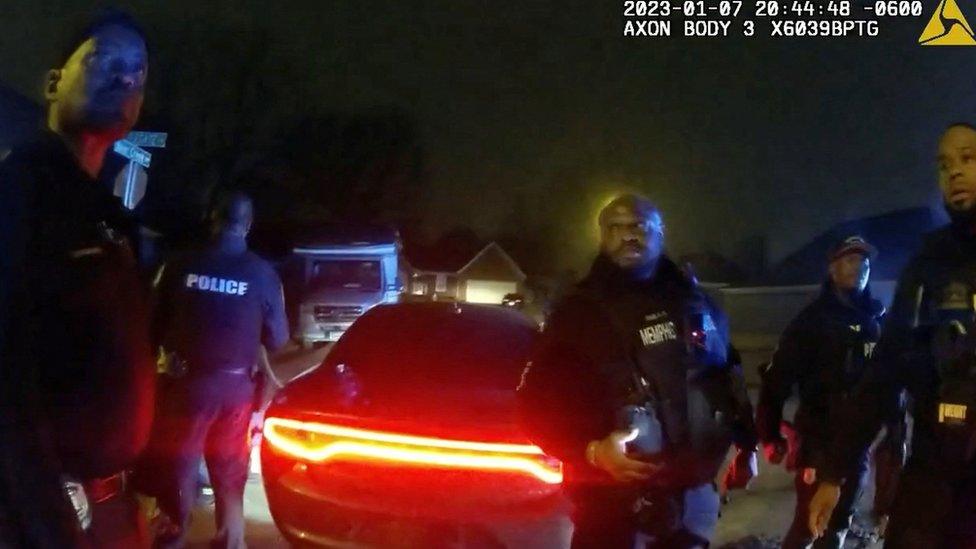
- Published1 February 2023
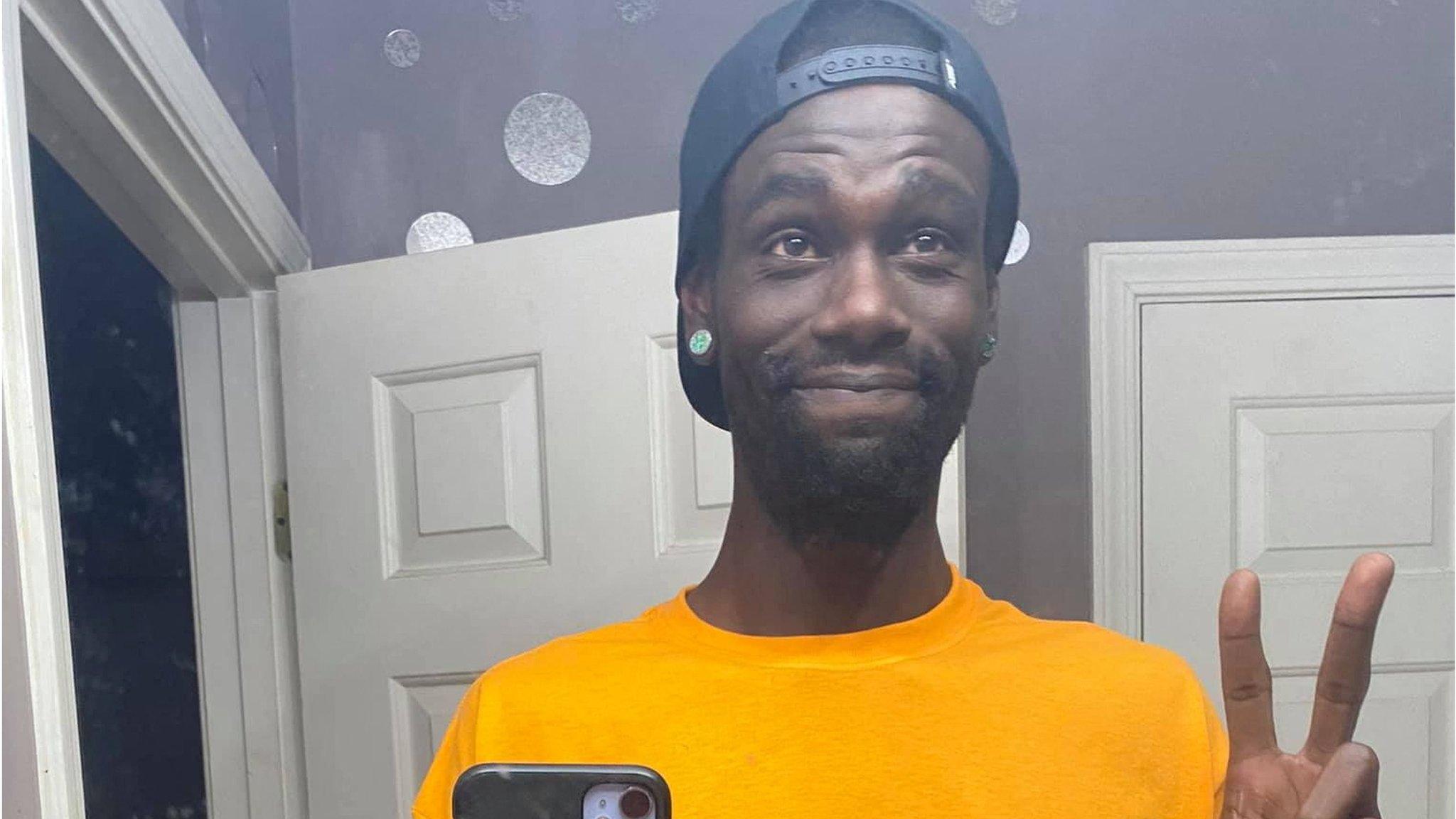
- Published27 January 2023

- Published27 January 2023
